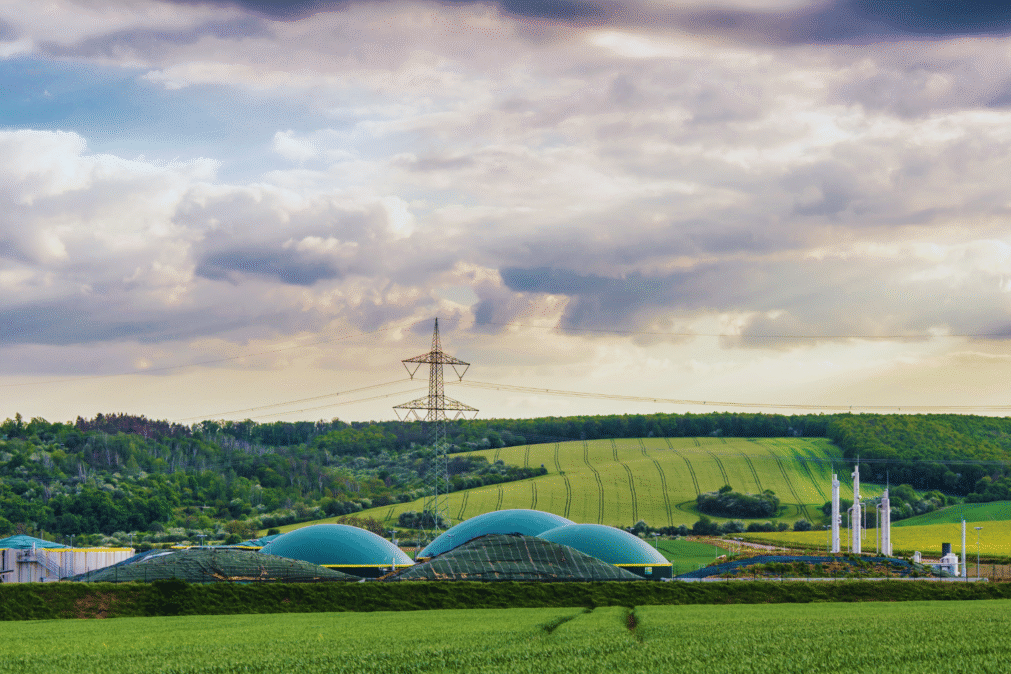In the global context, the agenda of sustainability and energy efficiency has gained undeniable strength, evolving from a mere environmental issue to a central pillar in the economic, energy, and social strategies of nations. For institutional investors, public managers, and specialized media, understanding the driving forces behind the green economy is essential for strategic positioning, risk mitigation, and identifying investment opportunities.
In Brazil, this movement gained momentum with the Ecological Transformation Plan (PTE), announced in December 2023 during COP28 in Dubai. The PTE, also known as the “New Brazil – Ecological Transformation Plan”, establishes public policies and strategic tools for sectors such as energy, finance, industry, and infrastructure, with goals focused on decarbonization, technological innovation, and social justice.
1. The Global Context: Delays, Ambitions, and Opportunities
According to a recent UN statement, the clean energy sector already employs around 35 million people worldwide, surpassing the number of jobs linked to fossil fuels. This reinforces that the energy transition is not a future goal but an ongoing reality.
However, challenges remain: UN studies indicate that only 35% of the Sustainable Development Goals (SDGs) are on track globally. In Brazil, between 2023 and 2024, only 12 of the 169 goals achieved satisfactory performance — a sign that structural progress remains slow.
Despite these obstacles, there are reasons for optimism. Projections for Brazil suggest that implementing the PTE could create up to 2 million jobs and increase GDP by 0.8 percentage points per year by 2035. Other studies estimate a potential impact of R$ 396 billion on GDP by 2030 through green measures and infrastructure modernization.
This context highlights a clear contrast: both the world and Brazil pursue ambitious targets but face institutional, regulatory, and execution bottlenecks — the true factors that will determine leaders and laggards in the new green era.
2. Energy Efficiency as a Strategic Driver
Energy efficiency serves as a lever to transform scarce resources into competitive advantage. In Brazil, the 2024 Energy Efficiency Atlas by EPE (Energy Research Company) shows progress indicators in electricity consumption by sector and identifies clear opportunities to reduce losses.
In public buildings and industries, initiatives have already shown substantial savings by replacing outdated equipment with more efficient versions, optimizing processes, and automating controls. Municipalities have invested in efficient public lighting, smart air-conditioning systems, and green building certifications.
Additionally, cities that promote electric mobility policies, electric public fleets, and incentives for sustainable construction (LEED, AQUA, EDGE certifications) strengthen their sustainability profile and attract ESG-oriented capital.
3. The Role of Companies: From ESG to Sustainable Operations
Modern companies integrate sustainable development as a strategic vector. This transition goes beyond public statements — it requires operational decisions regarding energy, water, waste, and emissions management.
It is not uncommon to find zero-effluent factories, facilities that reuse water and recycle process residues or packaging. Some corporations already generate part of their own energy through solar panels and adopt reverse logistics practices.
These choices create long-term value: reduced operational costs, readiness for environmental regulations, stronger market reputation, and alignment with ESG investor requirements. In many cases, investors demand transparent reports following standards such as GRI, SASB, and TCFD — and Brazil has advanced in this area by incorporating IFRS/ISSB standards through the CVM, effective from 2026.
Water resource management is also increasingly strategic, especially in regions facing supply crises. Companies that invest in water reuse or watershed protection reduce operational risk and demonstrate commitment to climate resilience.
4. The PTE as a Lever for Green Growth
The PTE is structured around six thematic pillars: sustainable finance, technological development, bioeconomy, energy transition, circular economy, and climate adaptation/infrastructure.
Among the planned measures are:
- Creation of a carbon market (cap-and-trade system) and carbon tax.
- Issuance of sovereign green bonds and incentives for corporate thematic bonds.
- Promotion of competitive credit for innovation and decarbonization through the Climate Fund and sectoral instruments.
- Public procurement of innovation for green technologies, focusing on R&D and local production with national content.
- Support for the circular economy and recycling, reducing waste and improving waste management.
- Green infrastructure and climate adaptation projects (urban resilience, climate-focused public works).
Concrete progress is already underway: the federal government raised about US$ 2 billion through its first green bond issuance abroad. It also promotes international missions to attract investors, such as Brazil’s recent visit to Germany to present the PTE to financial entities and companies.
Furthermore, PTE projections indicate that the government expects to expand GDP, reduce CO₂ emissions, and raise income among the poorest through coordinated actions. A simulation by the Green New Deal Brazil initiative forecasts that the PTE could drive up to R$ 1.3 trillion in GDP expansion by 2050, reduce 1 gigaton of CO₂ per year, create 9.5 million jobs, and generate an additional R$ 121 billion in tax revenue.
5. Critical Challenges and Strategic Risks
Although promising, the PTE faces significant challenges:
- Implementation and coordination: Over a hundred measures are planned, each with distinct timelines and resources; there is a risk of political discontinuity or lack of inter-ministerial coordination.
- Financing and capital costs: The transition demands large investments and access to affordable green credit.
- Institutional and technical capacity: States and municipalities often lack the structure to execute green projects at scale.
- Regulatory and legal risks: Rule changes, legal uncertainty, and resistance from traditional sectors can slow progress.
- Territorial inequality: The plan must reduce regional disparities, especially between the North, Northeast, and metropolitan areas — requiring targeted compensation and support actions.
- Measurement and accountability: Transparency in execution and results measurement will be crucial to maintaining investor and public confidence.
Conclusion
Sustainability, energy efficiency, and the green economy have ceased to be aspirations and become central pillars of national and global strategies. In Brazil, the Ecological Transformation Plan represents an ambitious effort to redirect growth, innovation, and development around climate and social principles.
For public managers, investors, and the energy sector, the opportunity is clear: those who can turn intention into execution — with technical focus, regulatory discipline, and scalable vision — will be positioned to lead the next phase of Brazil’s economy.






